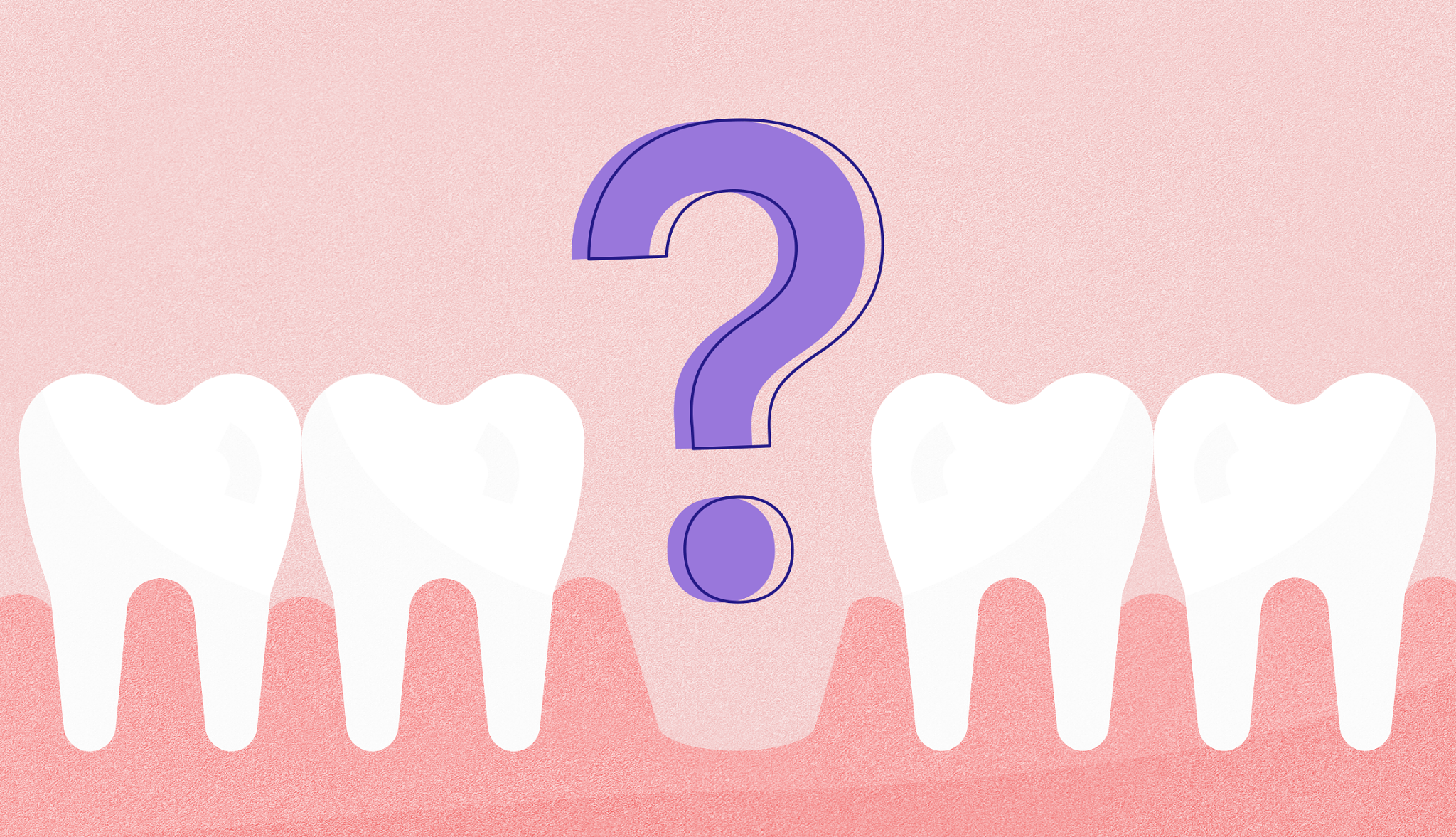Staying Fit


Losing a baby tooth when you were a kid might have been exciting, and even profitable if the Tooth Fairy was generous.
And, as a child, if you lost a permanent tooth playing sports or in an accident, you might remember the adage to soak the tooth in milk and get to a dentist ASAP. If you were able to get to the dentist quickly, it might have been possible to reimplant the tooth.


AARP Membership— $12 for your first year when you sign up for Automatic Renewal
Get instant access to members-only products and hundreds of discounts, a free second membership, and a subscription to AARP the Magazine.
We all expected to lose teeth as children. But adult tooth loss is common too. By age 64, the average adult has three or more missing or decayed teeth, according to the American Dental Association. A third of adults 65 and older have lost at least six teeth. And a tenth of people over 65 have lost all of their teeth. Common reasons for tooth loss in older adults: gum disease and tooth decay.
Unfortunately, as an older adult, losing a tooth is not exciting or profitable, and, sadly, the tooth can’t be reimplanted, says Sally Cram, spokesperson and consumer adviser for the American Dental Association, and a periodontist specializing in dental implants in Washington, D.C.
So what do you do when you lose a tooth as an adult?
First, take action
While you might consider going to the emergency room when you lose a tooth, you don’t need to unless you’ve fallen and might have face fractures. Otherwise, your first stop should be to get to your dentist as soon as you can. Be careful not to scrape the tooth or rub it if you need to remove debris, says the Mayo Clinic, because this can damage the root surface, making the tooth less likely to survive.
If there is dirt or other material in your mouth, rinse your mouth for no more than 10 seconds in lukewarm water. Don’t put it under running water, because that could damage the cells on the root surface.
Once at the office, your dentist will be able to examine the area, take some X-rays and determine what options are available, Cram says.
Next, find out if you can repair the tooth
You know that awful feeling when you bite down on that Moose Munch popcorn and hear a loud crack? Yep, you’ve probably broken or chipped a tooth.
And there are so many other ways to crack a tooth, from accidents to anxiety.
“Since the pandemic, and since everybody in this world is so stressed ... we are seeing more fractured teeth,” says Cram.
You might assume that a crack means that you will lose the tooth, but sometimes it can be fixed.
“If it’s a minor crack, we can either do a filling or a crown,” says Cram. “If there is a major fracture that extends down to or into the root of the tooth, that is quite often not repairable, and the tooth would need to be extracted.”
If that tooth is extracted, it may need to be replaced.
Teeth play an important role in our bodies. When teeth are lost, it can be harder to speak clearly and chew food.
That said, certain teeth aren’t needed to function — hello, wisdom teeth! — and don’t need to be replaced. For example, older adults may function fine without the end molar in the back, Cram says.
Every situation is different, and you should discuss your tooth loss and replacement options with your dentist, Cram says.




































































More From AARP
AARP Smart Guide: Tips for a Healthy Smile
48 simple strategies to improve your oral health
6 Warning Signs of Tooth Decay
Prevent simple dental problems from becoming worse
7 Types of Medications That Can Hurt Your Teeth
Dozens of common drugs can affect your mouth and gums, leading to bleeding, dry mouth and other dental health problems
Technique Tips: Your top questions on flossing and brushing answered
How to get the most out of your dental hygiene routine
Recommended for You